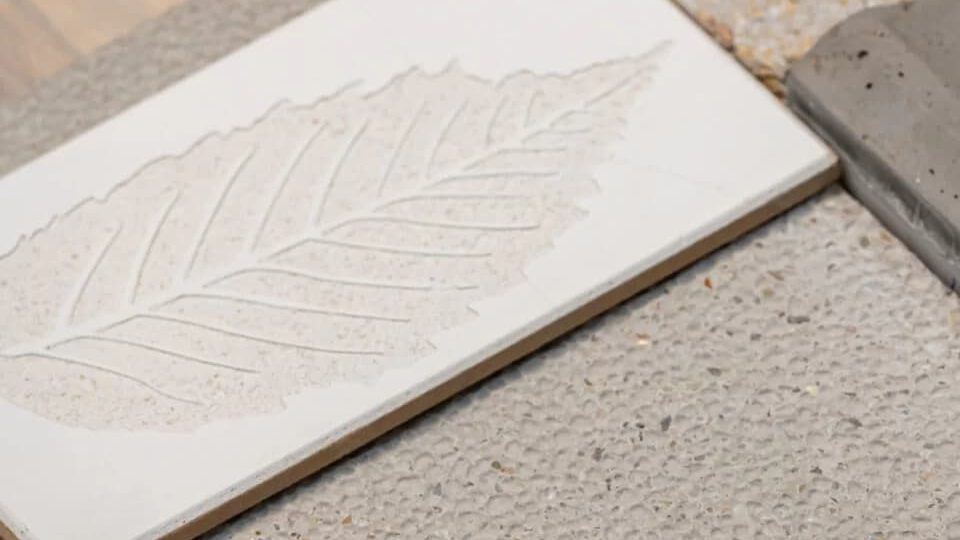
THE ARMOURCOAT WAY
Over 35 years industry experience, a pioneering approach, bold ideas and original thinking.

Over 35 years industry experience, a pioneering approach, bold ideas and original thinking.

Armourcoat is beside you every step of the way from design to manufacture, installation and after sales support.

We appreciate and value the passion and endless obsession of our makers and their specialist skills, honed over years.